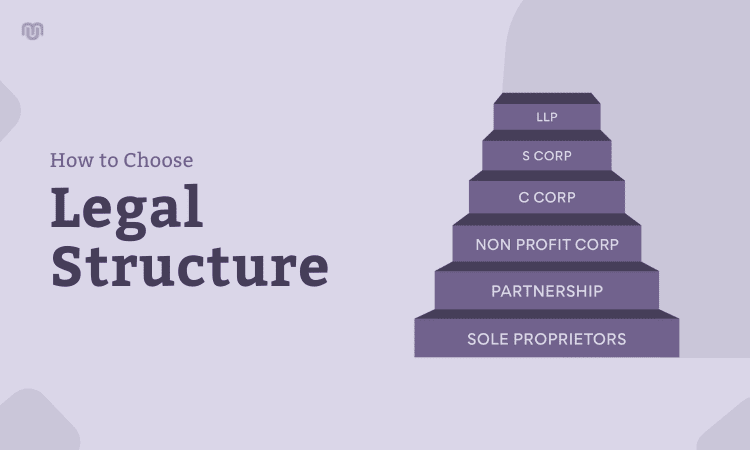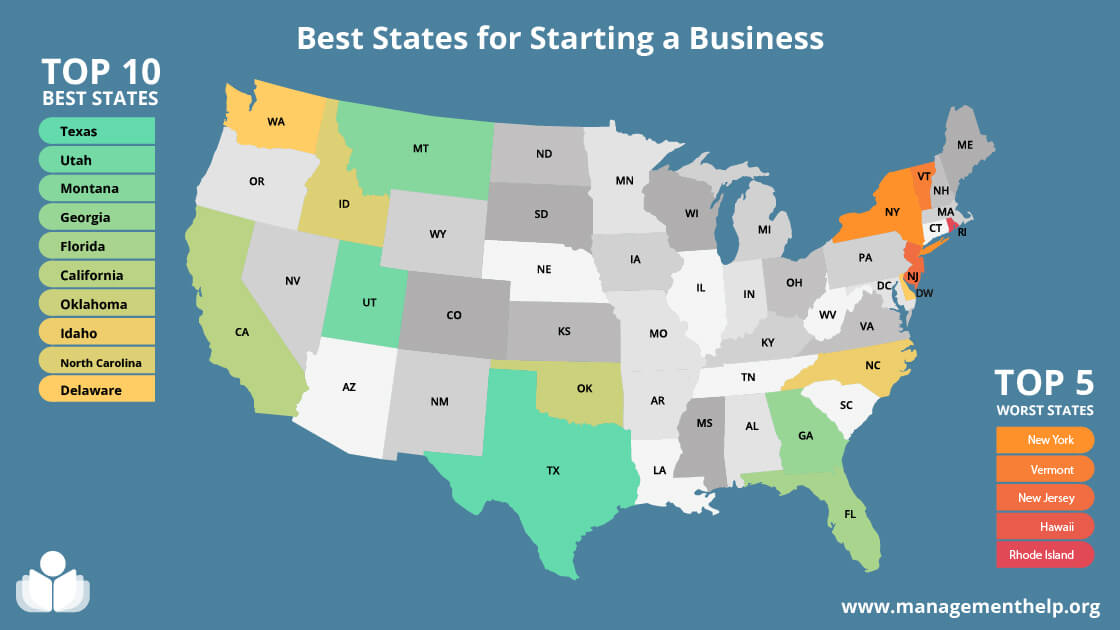Starting a business in the US can seem overwhelming. But, with the right steps, it is achievable.
The US offers a fertile ground for entrepreneurs. With its diverse market and supportive infrastructure, it’s a great place to launch your dream venture. From legal requirements to financial planning, there are several steps to consider. Knowing where to start is crucial.
This guide will help you navigate the process with ease. Whether you have a unique product or a service idea, understanding the essentials can set you on the path to success. Let’s explore how you can turn your business idea into reality in the US. Click here

Credit: www.immi-usa.com
Market Research
Market research is crucial for starting a business in the US. It helps you understand the market, identify opportunities, and analyze competitors. This section covers the essential steps to conduct effective market research.
Identify Opportunities
Start by identifying potential business opportunities. Look for gaps in the market where customer needs are unmet. Use these methods to find opportunities:
- Surveys and questionnaires
- Focus groups
- Interviews
- Observation
Focus on understanding customer pain points. This will help you develop products or services that meet their needs.
Analyze Competitors
Analyzing competitors gives insights into the market landscape. Use these steps to analyze your competitors effectively:
- Identify your top competitors.
- Study their products and services.
- Evaluate their pricing strategies.
- Analyze their marketing tactics.
- Assess their strengths and weaknesses.
Understanding your competitors’ strategies helps you position your business effectively. This knowledge will help you create a competitive advantage.
Business Plan
A business plan is a detailed guide for your business. It outlines your goals, strategies, and financial forecasts. This plan will help you stay on track and attract potential investors. Creating a strong business plan is crucial for the success of your new venture.
Outline Goals
Begin by defining your business goals. These should be clear and achievable. Goals give your business direction and purpose.
Consider short-term and long-term goals. For example:
- Increase sales by 10% in the first year
- Expand to a new market within five years
Your goals are specific and measurable. This will help you track your progress.
Financial Projections
Financial projections are essential. They show the potential profitability of your business. Investors will want to see these numbers before they invest.
Include the following in your projections:
| Category | Description |
|---|---|
| Revenue | Expected income from sales |
| Expenses | Costs of running the business |
| Profit | Revenue minus expenses |
Use realistic assumptions. Consider market conditions and competition. Keep your projections simple and easy to understand.
A well-prepared business plan can make a big difference. It guides your decisions and helps you secure financing. Start with clear goals and realistic financial projections. Your business plan will set the foundation for your success.
Legal Structure
Starting a business in the US involves many steps. One of the most steps is choosing the right legal structure. The legal structure of your business will impact your day-to-day operations, taxes, and how much of your personal assets are at risk. Below are the steps you need to follow to set up the legal structure for your business. More details about Legal Requirements for Starting a Business: Essential Steps to Follow
Choose Entity Type
First, you need to decide on the type of business entity. The most common types are:
- Sole Proprietorship: Simple to set up. You own the business alone.
- Partnership: Business owned by two or more people.
- Limited Liability Company (LLC): Offers liability protection. Easy to manage.
- Corporation: More complex. Protects owners from personal liability.
Choosing the right entity depends on your business needs. If you are unsure, consult a business advisor or lawyer.
Register Business
Once you have chosen your entity type, you need to register your business. The steps are:
- Choose a Business Name: Make sure the name is unique.
- Register with the State: File the necessary documents with your state government.
- Obtain an EIN: Get an Employer Identification Number from the IRS.
- Open a Business Bank Account: Keep your business finances separate from personal finances.
Registering your business legally protects you and allows you to operate smoothly. Make sure you follow all local, state, and federal regulations.

Credit: china.docshipper.com
Licenses And Permits
Starting a business in the US involves more than just a great idea. You need the right licenses and permits. These legal documents allow you to run your business legally and smoothly. Each business type has its own set of requirements. These might include federal, state, and local licenses.
Federal Requirements
Some businesses need federal licenses or permits. This depends on your industry. For example, alcohol, firearms, and transportation businesses need federal permits. Check with the relevant federal agency to know what’s required. The Small Business Administration (SBA) provides a list of federal agencies. Use it to find which ones apply to your business.
State And Local Permits
Each state has its own set of rules for businesses. You might need a state license, too. This often depends on your business activities. For example, many states require permits for health, construction, and retail businesses. Visit your state’s business website to learn more.
Local governments have their own requirements. These can include city and county licenses. Common local permits involve zoning, health, and safety. Contact your city or county clerk’s office for information. They can guide you on local permits needed for your business.
Financing Options
Starting a business in the US requires funding. There are various financing options available. Each option has its pros and cons. Choosing the right one is crucial for your business success.
Self-funding
Self-funding, known as bootstrapping, involves using your personal savings. This option gives you full control over your business. You won’t have to answer to investors or repay loans.
Here are some common self-funding methods:
- Savings: Using your own money saved over time.
- Personal Assets: Selling personal property like a car or house.
- Retirement Funds: Using money from a retirement account.
Although self-funding can be risky, it can be rewarding. You keep all the profits and have full decision-making power.
Loans And Investors
Another popular method is securing loans or finding investors. This can provide the necessary capital to start and grow your business.
Here are some options for loans and investors:
| Financing Option | Description |
|---|---|
| Bank Loans | Traditional loans from banks with interest rates. |
| SBA Loans | Loans backed by the Small Business Administration. |
| Angel Investors | Wealthy individuals investing in startups for equity. |
| Venture Capitalists | Firms investing large sums in high-growth companies. |
Each option has its own requirements and benefits. Banks and the SBA may require a good credit score and collateral. Investors might expect a share of your business or influence over decisions.
Choose the option that aligns with your business goals and financial situation.

Credit: management.org
Location And Setup
Choosing the right location and setting up your business in the US is crucial. The right spot can attract customers, save costs, and support your team’s productivity. Below, we break down the essential elements of the location and setup phase.
Office Space
Finding the right office space is the first step. Decide if you need a physical office or if a virtual one will do. Look for a place that fits your budget and is close to your target market. Consider the size, layout, and amenities available. Start a Business in the Us Here are some points to consider:
- Cost and lease terms
- Proximity to customers and employees
- Accessibility and parking
- Safety of the neighborhood
- Available amenities like WiFi, electricity, and water
Equipment And Supplies
Once you have your office space, you’ll need the right equipment and supplies. This includes everything from desks and chairs to computers and printers. Make a list of what you need and prioritize items based on importance. Here are some essentials:
| Item | Purpose |
|---|---|
| Desks and Chairs | Workspace for employees |
| Computers and Printers | Daily office tasks |
| Phone Systems | Communication |
| Stationery | Office supplies |
Your office is equipped with everything needed for smooth operations. Start a Business in the Us This will save time and increase productivity.
Branding And Marketing
Starting a business in the US involves many steps, but two areas are Branding and Marketing. A strong brand sets you apart, and effective marketing brings in customers. Let’s these essential components to help your new business thrive.
Build A Brand
Building a brand is more than just a logo or a name. It’s your business’s identity and how people perceive you. Here are some key steps:
- Research Your Market: Understand your audience and competitors.
- Create a Unique Name: Choose a name that reflects your business.
- Design a Memorable Logo: A good logo is simple and recognizable.
- Develop a Slogan: A short, catchy phrase can make your brand memorable.
- Choose Your Brand Colors: Colors impact how people feel about your brand.
Consistency is key. Use the same colors, fonts, and style across all platforms. This helps build trust and recognition.
Marketing Strategies
Once your brand is ready, it’s time to get the word out. Effective marketing strategies can make a big difference. Consider these approaches:
- Social Media Marketing: Use platforms like Facebook, Instagram, and Twitter to reach your audience.
- Email Marketing: Build an email list and send regular updates and promotions.
- Content Marketing: Create valuable content like blogs, videos, and infographics.
- Search Engine Optimization (SEO): Optimize your website to rank higher on search engines.
- Paid Advertising: Use Google Ads and social media ads to reach more people.
Track your efforts. Use tools like Google Analytics to monitor your campaigns. Adjust your strategies based on what works best.
Remember, branding and marketing are ongoing processes. Stay updated with trends and keep engaging with your audience. Good luck with your new business venture!
Operations Plan
Starting a business in the US involves many steps. Start a Business in the Us One aspect is the operations plan. Start a Business in the Us This plan outlines how your business will function daily and who will manage different tasks. A well-thought-out operations plan your business runs smoothly and efficiently.
Daily Operations
Daily operations are the backbone of your business. They include all the activities that keep your business running. For example:
- Opening and closing procedures
- Staff scheduling
- Inventory management
- Customer service
Create a detailed list of daily tasks. Assign responsibilities to your team. Use a table to track tasks and deadlines:
| Task | Assigned To | Deadline |
|---|---|---|
| Open Store | John | 8:00 AM |
| Check Inventory | Mary | 10:00 AM |
| Customer Support | Linda | Ongoing |
Management Structure
Your management structure defines how your business is organized. It shows who reports to whom and who is responsible for what. This structure is vital for clear communication and efficient operation.
Common management structures include:
- Hierarchical – Clear chain of command. Suitable for larger businesses.
- Flat – Fewer levels of management. Encourages open communication.
- Matrix – Combines functional and project-based roles. Ideal for complex projects.
Choose a structure that fits your business size and type. Here is an example of a simple management structure:
| Role | Responsibilities |
|---|---|
| CEO | Overall business strategy and decision-making |
| Manager | Day-to-day operations and staff management |
| Staff | Customer service, sales, inventory |
By having a clear operations plan, you can your business operates efficiently. This will help you focus on growth and success.
credit: realhrsolutions.com
Hiring Employees
Hiring employees is a vital part of starting a business in the US. Good employees can drive your company’s success. This section will guide you on how to hire the right people. It covers the recruitment process and employee training.
Recruitment Process
First, define the job roles you need to fill. Write clear job descriptions. Post these descriptions on job boards and social media. Use your network to find candidates. Screen resumes to shortlist potential employees. Conduct interviews to assess their skills and fit. Check their references to verify their experience. Offer the job to the best candidate.
Employee Training
After hiring, train your employees. Start with an orientation session. Introduce them to the company culture and policies. Provide job-specific training. Use hands-on activities to teach new skills. Offer ongoing training to keep skills updated. Monitor their progress and give feedback. A well-trained employee is more productive.
Launch And Growth
Starting a business in the US involves many steps. Launching and growing your business is crucial for long-term success. This phase includes testing your product, scaling operations, and reaching more customers.
Soft Launch
A soft launch helps test your business idea. Introduce your product to a small audience first. This helps you gather feedback and make improvements. This step is vital for understanding market needs. It prepares your team for a full-scale launch.
Focus on a specific group of customers. Use their feedback to refine your product. Adjust your marketing strategies based on their responses. This will help you avoid costly mistakes in the future.
Scaling The Business
Scaling means growing your business smoothly. Focus on increasing production and reaching more customers. Make sure your operations can handle the growth.
Invest in technology to improve efficiency. Hire more staff to manage the increased workload. Expand your marketing efforts to reach a wider audience. Track your performance metrics to sustainable growth.
Plan for financial stability. Secure funding if needed. This will support your expansion efforts. Always keep an eye on your cash flow. This will help you manage your resources better.
Frequently Asked Questions
What Are The Steps To Start A Business In The Us?
First, choose a business idea. Next, create a business plan. Register your business, and obtain necessary licenses. Finally, open a business bank account.
How Much Does It Cost To Start A Business?
Costs vary by business type and location, expect to spend between $1,000 and $10,000. Research specific industry expenses.
What Licenses Are Needed To Start A Business?
Licensing requirements depend on your business type and location. Common licenses include state, federal, and local permits. Check with your local government.
How Do I Register My Business Name?
Register your business name through your state’s Secretary of State office. You may need a DBA (Doing Business As) registration.
Conclusion
Starting a business in the US can be rewarding. Follow the steps closely. Plan well, understand the market, and comply with legal requirements. Always seek advice when needed. Stay patient and persistent. Your hard work will pay off. Good luck on your entrepreneurial journey!


